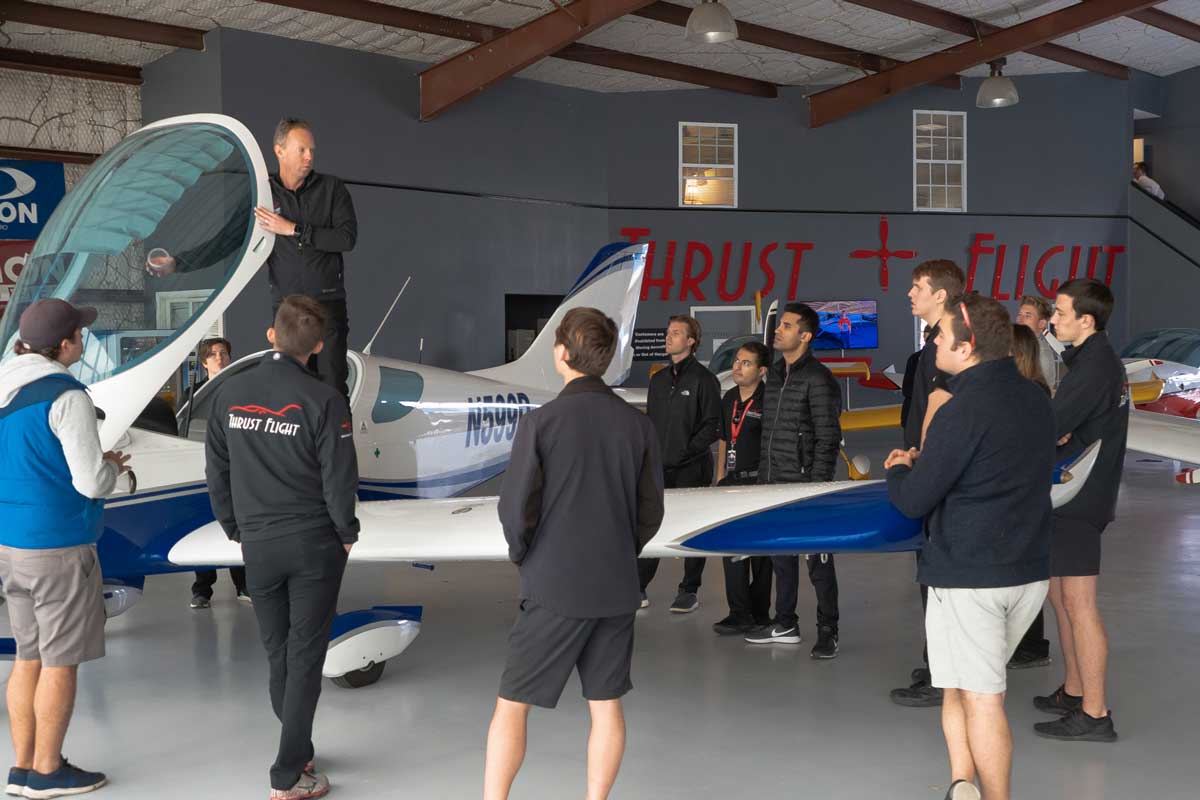
Ever wondered what it takes to soar through the skies as a pilot? Flight schools are where dreams of flying turn into reality. These institutions offer rigorous training programs designed to equip aspiring aviators with the skills and knowledge needed for safe and efficient flight. From learning the basics of aerodynamics to mastering complex navigation systems, students undergo comprehensive education both in the classroom and in the cockpit. Flight schools also provide hands-on experience with various aircraft, ensuring that trainees are well-prepared for real-world flying conditions. Curious about the journey from ground to sky? Let's explore 15 fascinating facts about flight schools that might just inspire you to take flight!
Key Takeaways:
- Flight schools have a long history, starting with the Wright brothers in 1910. They've evolved to offer flexible and structured training programs, and even university degrees alongside pilot licenses.
- Becoming a pilot involves ground school, flight training, and simulators. It can be expensive, but financial aid and career opportunities, like working for airlines or as a flight instructor, make it a rewarding journey.
The History of Flight Schools
Flight schools have a rich history that dates back to the early 20th century. These institutions have evolved significantly over the years, shaping the aviation industry as we know it today.
-
The first flight school was established in 1910 by the Wright brothers in Montgomery, Alabama. They trained the first generation of pilots, laying the foundation for modern aviation.
-
During World War I, flight schools became crucial for training military pilots. This period saw a rapid expansion of aviation training programs.
-
The Civilian Pilot Training Program (CPTP) was introduced in the United States in 1939. It aimed to increase the number of civilian pilots, which proved beneficial during World War II.
Types of Flight Schools
Different types of flight schools cater to various needs and preferences. Understanding these can help aspiring pilots choose the right path.
-
Part 61 flight schools offer flexible training schedules. They are ideal for students who need to balance training with other commitments.
-
Part 141 flight schools follow a structured curriculum approved by the Federal Aviation Administration (FAA). These schools are often preferred by students seeking a more regimented training program.
-
University-affiliated flight schools provide a combination of academic education and flight training. Graduates often earn a degree alongside their pilot's license.
The Training Process
Becoming a pilot involves rigorous training and dedication. Here's what students can expect during their journey.
-
Ground school is the first step in pilot training. Students learn about aviation theory, navigation, weather, and regulations.
-
Flight training involves hands-on experience in an aircraft. Students practice maneuvers, takeoffs, landings, and emergency procedures.
-
Simulators play a crucial role in pilot training. They provide a safe environment for students to practice and refine their skills.
Costs and Financial Aid
Flight training can be expensive, but various options are available to help manage costs.
-
The average cost of obtaining a private pilot's license ranges from $8,000 to $15,000. This includes flight hours, instruction, and materials.
-
Scholarships and grants are available for aspiring pilots. Organizations like the Aircraft Owners and Pilots Association (AOPA) offer financial aid to help students achieve their dreams.
-
Some airlines offer cadet programs that cover training costs. In return, graduates commit to working for the airline for a specified period.
Career Opportunities
A pilot's career can be incredibly rewarding, with numerous opportunities available in the aviation industry.
-
Commercial pilots can work for airlines, charter companies, or cargo carriers. They transport passengers and goods across the globe.
-
Flight instructors play a vital role in training the next generation of pilots. They work at flight schools, universities, and aviation academies.
-
Corporate pilots fly private jets for businesses and high-net-worth individuals. This career offers a unique blend of luxury and responsibility.
Taking Off with Confidence
Flight schools offer more than just flying lessons. They provide comprehensive training, safety protocols, and real-world experience. From understanding aerodynamics to mastering navigation systems, students gain essential skills. The instructors are often seasoned pilots, sharing invaluable knowledge. Plus, the camaraderie among students creates a supportive learning environment.
Choosing the right school involves considering factors like location, cost, and reputation. Many schools offer financial aid or scholarships, making it accessible for more aspiring pilots. The journey might be challenging, but the rewards are immense. Graduates often find opportunities in commercial aviation, private charters, or even aerial photography.
So, if you've ever dreamed of soaring through the skies, flight school could be your ticket. With dedication and the right training, the sky's the limit.
Frequently Asked Questions
Was this page helpful?
Our commitment to delivering trustworthy and engaging content is at the heart of what we do. Each fact on our site is contributed by real users like you, bringing a wealth of diverse insights and information. To ensure the highest standards of accuracy and reliability, our dedicated editors meticulously review each submission. This process guarantees that the facts we share are not only fascinating but also credible. Trust in our commitment to quality and authenticity as you explore and learn with us.


